“🌋 Unbelievable Discovery! Meet HD 63433 d: The Fiery, Baby Planet That’s Just 10% of Earth’s Age! 🔥🚀 #SpaceRevolution”
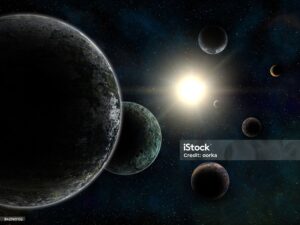
Title: “Meet HD 63433 d: A Young, Lava-Dominated Exoplanet Discovered by NASA’s TESS”
Have you ever wondered what lies beyond our solar system? Well, NASA’s Transiting Exoplanet Survey Satellite (TESS) has just made an incredible discovery – a young exoplanet named HD 63433 d, and it’s like nothing we’ve seen before!
Imagine a planet about the size of Earth but only one-tenth of its age. HD 63433 d is an extraordinary find, orbiting a sun-like star called HD 63433, which sits 73 light-years away from us. This exoplanet is so close to its star that it completes an orbit in just 4.2 Earth days – that’s super speedy! Its proximity also means it’s tidally locked, much like our moon is to Earth. This results in one side of HD 63433 d, the dayside, always facing the star and getting blasted with scorching-hot stellar radiation, while the nightside remains in perpetual darkness, facing out into space.
Now, brace yourself for some extreme temperatures – we’re talking about 2,300 degrees Fahrenheit (1,260 degrees Celsius) on the dayside! That’s hot enough to turn the surface into a hemisphere of blisteringly hot lava, similar to other scorching exoplanets like CoRoT-7 b and Kepler-10 b. But here’s the kicker: HD 63433 d is also special because it’s the smallest confirmed exoplanet that’s less than 500 million years old. To put that in perspective, Earth and our solar system are around 4.5 billion years old, making HD 63433 d seem like a mere 10% of our planet’s age.
TESS, the Earth-orbiting telescope that made this groundbreaking discovery, uses a method called the transit method. It spotted HD 63433 d as it crossed or “transited” in front of its star, causing a slight dip in the star’s light. Since its launch in April 2018, TESS has identified over 4,000 alien worlds, with several hundred confirmed so far.
But HD 63433 d isn’t the only planet in its stellar neighborhood. Its siblings, HD 63433 b and HD 63433 c, were discovered back in 2020. HD 63433 b is roughly Neptune-sized, about 2.1 times wider than Earth and five times more massive. It completes its orbit in a speedy 7.1 Earth days. On the other hand, HD 63433 c is a bit larger, around 0.23 times the size of Jupiter, with a mass about seven times that of Earth. It takes a leisurely 20.5 Earth days to complete its orbit around the star.
The unique features of HD 63433 make it a star (pun intended!) for future investigations. Scientists are eager to study both the day and night hemispheres of this young exoplanet, seeking to unravel more mysteries about its composition, atmosphere, and overall behavior.
In conclusion, HD 63433 d is not just any exoplanet – it’s a young, lava-dominated world that has piqued the interest of astronomers and space enthusiasts alike. As our telescopes and technology continue to advance, who knows what other incredible discoveries await us in the vast expanse of our universe!
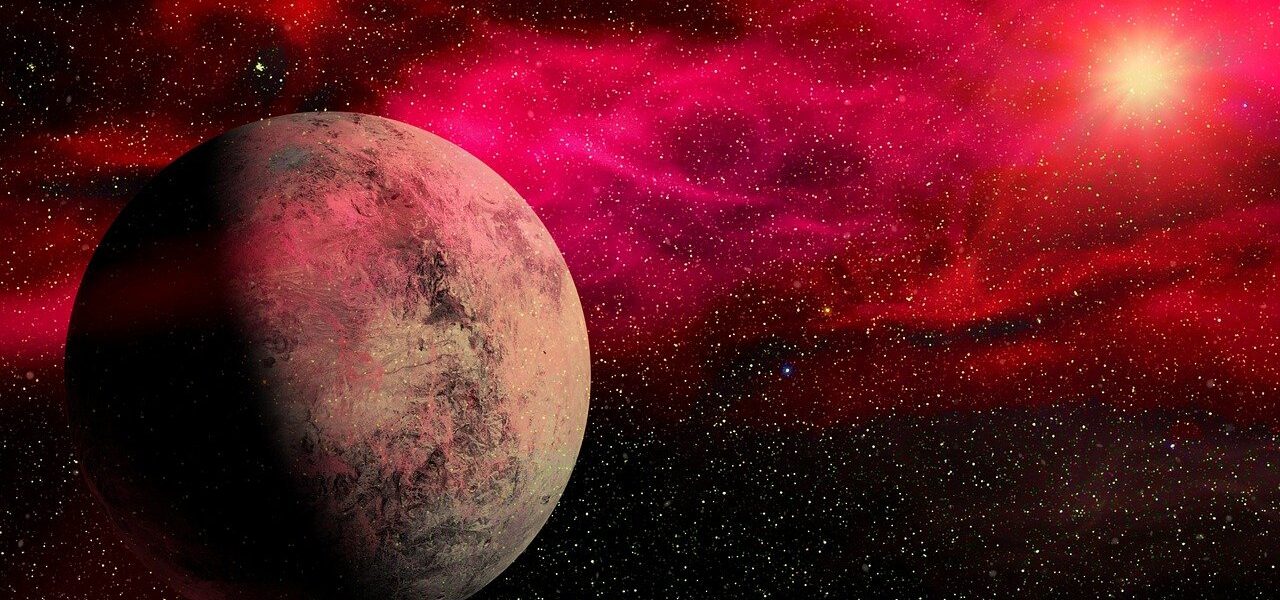
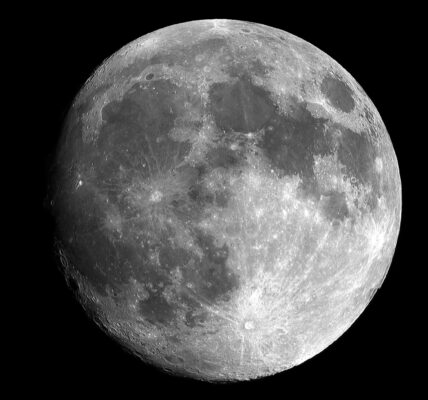
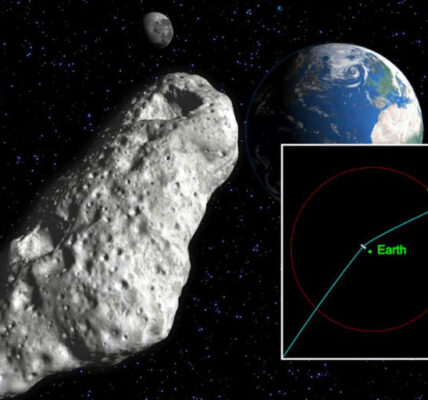

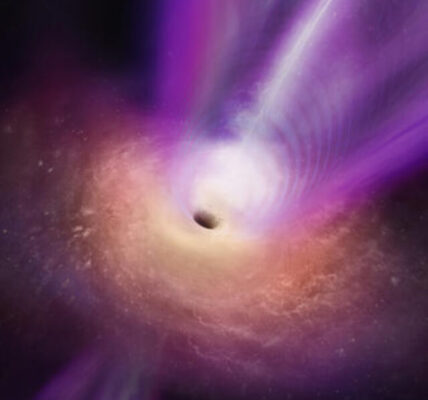
1 COMMENTS